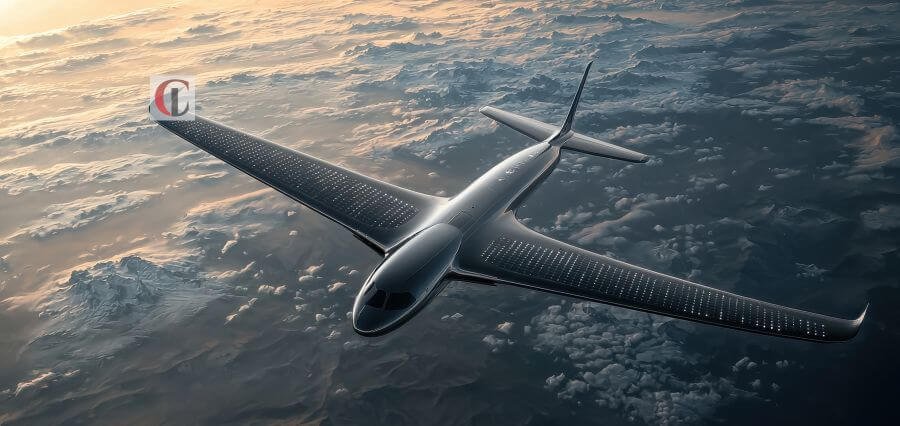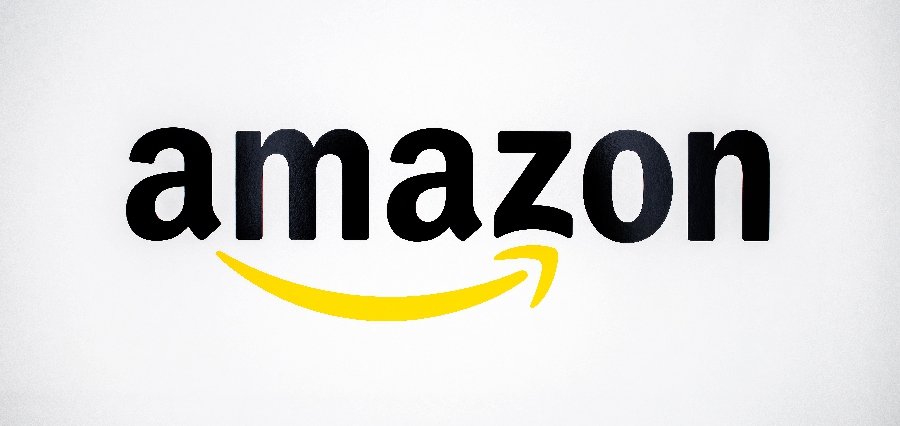Breaking Barriers
The aviation industry stands at the crossroads today. Increasingly, it has to reduce its impact on the environment and at the same time cope with the growth in demand for air travel. In the face of these pressures, several trends and innovations will chart the future course for sustainable aviation.
This article covers some key developments, challenges, and solutions that will characterize the future of air travel.
Current State of Aviation Emissions
Aviation already consumes about 2% of global carbon emissions, and without a drastic shift, it may take up to 12% to 27% of the remaining carbon budget by 2050. The sector has been targeted as one of the major contributors to climate change, hence calling for innovation among the stakeholders in terms of coming up with ideas to ensure the sector reaches net-zero emissions by 2050.
Innovative Technologies Driving Change
- Sustainable Aviation Fuels (SAF): A Key Enabler. SAF is essential in the future reduction of the carbon footprint associated with aviation. SAF can replace conventional jet fuel from sources including municipal waste, used cooking oil, and cut lifecycle emissions up to 80% from jet fuel. On the other hand, it cannot be produced inexpensively enough – yet. For now, its cost is a prohibitive two to four times conventional fuels.
- Electric and Hybrid-Electric Aircraft: There is a rising interest in electric and hybrid-electric aircraft, especially for short-haul routes. Eviation is working on a fully electric commuter plane, while Airbus and Boeing are already designing hybrid-electric aircraft. Advanced battery technology will be the main driver for wider adoption of electric flight.
- Autonomous Flight Technologies: These will be used to change air transport, given the latest improvements in automation. While autonomous passenger flights might be still many years ahead, cargo drones and air taxis are said to start soon. Sense-and-avoid systems and other similar technologies will bring a better efficiency level in managing air traffic with reduced safety concerns.
- Digital Innovations: The use of digital technology in handling of airliner operations can enhance flight plan and also increase the functionality of the operations. This way, their clients improve the satisfaction regarding their specific needs while the airlines themselves minimize the fuel and consequently the emissions.
Challenges in Sustainable Aviation
Although these are promising technologies, several challenges have to be overcome:
- High Costs: The costs of establishing and deploying environmentally friendly technologies are typically steep. These costs will therefore be key funded by government subsidies and through public private partnerships..
- Regulatory Hurdles: The aviation industry operates under a complex framework of regulations, which slows the pace of technological innovation. Collaboration between governments and the industry would be required to streamline regulations.
- Consumer Awareness: The more the awareness of environmental consciousness among travelers, the more they demand sustainable travel options. Still, consumers must be educated about the benefits of sustainable aviation fuels and technologies to make them adopt the same.
The Role of Collaboration
Coordination among diverse areas is key towards achieving sustainable air travel. Such coordination involves collective effort among airliners, aircraft manufacturers, respective governments, as well as research agencies. Initiatives like the International Civil Aviation Organization’s CORSIA program look for ways of instituting market measures that could curtail emissions levels.
Future Outlook
The future of sustainable aviation is bright, but only if all parties involved make efforts to work towards it. Among the key trends that will characterize this future include:
- Increased Use of SAF: As the production capacities are improving and costs are reducing, wider adoption by airlines is anticipated.
- Advances in Electrification: Continued research into electric propulsion systems will lead to zero-emission aircraft on short-haul routes.
- Improved Operational Performance: Continuous upgrade of flight operation through digital means will significantly assist in reducing general emissions.
- Changing Consumer Behavior: The shift in consumer behavior towards more environmentally conscious travel choices will force airlines to focus on sustainability in their operations.
Conclusion
The journey toward sustainable aviation is one of challenges and opportunities for innovation and collaboration. By embracing new technologies and fostering partnerships across the industry, aviation can transform itself into a more sustainable sector that meets the demands of future travelers while protecting the environment. In order for all the parties to stick with this vision while air travel eventually becomes the word that symbolizes sustainability, the years to come must bring with them sustainable practices in aviation.





